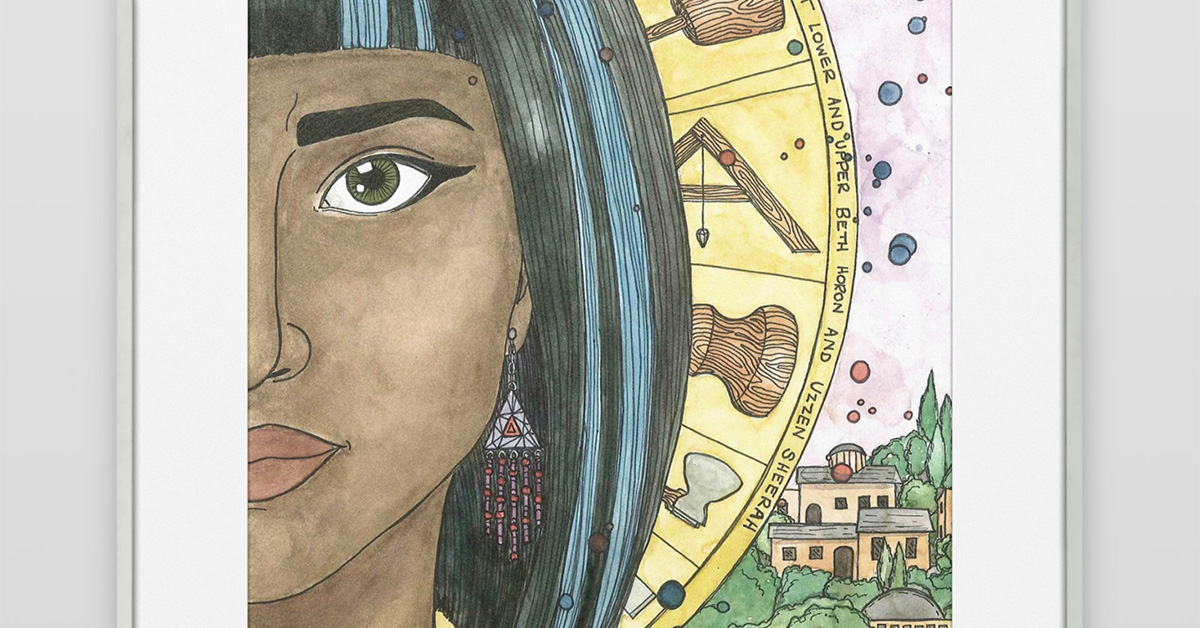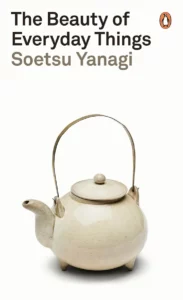


In his classic, Mimesis, Erich Auerbach argues that the Bible achieves something that ancient literature could not, namely “the birth of a spiritual movement in the depths of the common people, from within the everyday occurrences of contemporary life, which then assumes an importance it could never have assumed in antique literature” (Erich Auerbach, Mimesis: The Representation of Reality in Western Literature [Princeton: Princeton University Press, 1953], 45). Auerbach relates this to the incarnation, and rightly so. Nothing hallows the ordinary glory of embodied human life quite like the Word become flesh.
Too often Christians fail to see the glory of the ordinary. But, once see it, and you will find it all over the Bible. Discussions of craft generally refer to the craftsmen, Bezalel and Oholiab, and others, referred to in Exodus 31, gifted by God to build and craft the tabernacle and its furniture. The tabernacle was God’s portable home amidst the Israelites. God genuinely lived amidst his people even though, of course, he could not be confined to one place. And in the Old Testament the tabernacle and the temple are designed as microcosms of the macrocosm of the world. They provide the lens through which the Israelites are to see and interpret the world. Once we see this, it is a short step to asking, if that is what God’s house is like, what does that mean for my house, humble as it may be? If God’s house is so exquisitely crafted and has its own furnishings, how does that royal glory translate into my own dwelling?
Craft is part of the ordinary, the everyday. A definition of what it means to be human is that we are homo faber, makers by nature. We see this with the first couple, Adam and Eve, who are placed in the great park of Eden to work it and keep it. The creation has a dynamic to it and part of being human is being responsible and able to develop the hidden potentials of the creation, and this includes craft. Genesis 4:20–22 bears witness to this development referring to tents, keeping livestock, musicians and metal workers. And craftsmen, filled with the Spirit, play a vital role in building God’s house. And craft, acknowledged or not, plays a central role in our lives.
Art and craft should, in my view, be distinguished from each other. Every entity in the creation has an aesthetic or imaginative dimension to it, but in an artwork the aesthetic dimension dominates. Artworks are made for imaginative and contemplative engagement, which is why we put them on our walls and house them in museums. Craft, by contrast, refers to everyday items like a kettle, a mug, a pen, a house, a city, a dress, a notebook, a freshly baked loaf of bread. All of these have a utilitarian function. A beautiful mug that leaks and cannot hold boiled water is of little value. Craft produces everyday items for our use.
Here, however, is a crucial point: craft objects also have an aesthetic or imaginative dimension to them. A good craft object will not only be well designed for its purpose, but the aesthetic dimension will be developed so that, as it were, the light of the incarnation will be allowed to seep into and enhance the ordinary glory of our everyday lives. There is a place for mass production of goods, but they easily dull our lives and clutter them full of cheap and disposable items, making us passive consumers and disconnecting us from the world of making. In the process they serve to hide the glory of the ordinary.
Art and craft are wonderful gifts. Neither is better than the other and we need both. Furthermore, both are open to terrible distortion. The references in Genesis 4 to the origin of the crafts, is followed by a well-crafted poem from Lamech, but one breathing a spirit of revenge and violence (Genesis 4:23–24). This embodies the terrible misdirection of the good gift of poetry. Craft and art can likewise be misdirected. In my view the dulling down through mass-produced items made as cheaply and for as much profit as possible regardless of their impact on the environment or humans, is such a misdirection. But so too would be turning craft into high art available only to the wealthy. And it is not only the poor who can be aesthetically impoverished. Shack Chic is a beautiful depiction of the lengths that many shack dwellers go to in impoverished parts of South Africa to craft their rough houses into dwellings of ordinary glory. Such people are aesthetically rich in a way that those of us living in cookie cutter houses full of mass-produced goods will never be.

Where, then, do we find examples of healthy craft? I suspect, all around us because craft is inherently local, using the materials available locally to craft objects. If we look for them, perhaps in our own homes, we will find them. Personally, the richness of craft was brought home to me on a lecture tour in Korea several years ago. Korea is ultra-modern in many ways, but retains a delightful connection with its history and rituals and thus its crafts. I well recall being taken to a coffee shop where you sat on the ground alongside your table, to a tea ceremony, to shops where traditional Korean garments are still made, etc. Good craft is linked into rituals and traditions, and in my experience it is in much of Asia that we find craft alive and well.
 Sōetsu Yanagi (1889–1961) was a Japanese philosopher, art historian and poet. He became the father of the Japanese Mingei movement, the word for folk craft. Such craft refers to ordinary objects used every day by ordinary people. It must honestly fulfil its intended purpose, is neither expensive nor produced only in small numbers, it is anonymous – Yanagi argues that craft seeking to enhance ordinary life should avoid individual ambition, – it is beautiful, and it “must be wholesomely and honestly made for practical use” Soetsu Yanagi, The Beauty of Everyday Things [London: Penguin, 2018]). According to Yanagi, “Folk craft is thus devoted to healthy utilitarian purposes. It is, in fact, our most trustworthy and reliable companion throughout our daily lives” (6).
Sōetsu Yanagi (1889–1961) was a Japanese philosopher, art historian and poet. He became the father of the Japanese Mingei movement, the word for folk craft. Such craft refers to ordinary objects used every day by ordinary people. It must honestly fulfil its intended purpose, is neither expensive nor produced only in small numbers, it is anonymous – Yanagi argues that craft seeking to enhance ordinary life should avoid individual ambition, – it is beautiful, and it “must be wholesomely and honestly made for practical use” Soetsu Yanagi, The Beauty of Everyday Things [London: Penguin, 2018]). According to Yanagi, “Folk craft is thus devoted to healthy utilitarian purposes. It is, in fact, our most trustworthy and reliable companion throughout our daily lives” (6).
It is with the work of writers like Yanagi that we find reflections on craft that can help us recover it today. Of course, craft needs to be seen, used and lived with on a daily basis. Yanagi’s books are beautifully written in a straightforward, minimalist style, dealing with a whole variety of topics, and contain many illustrations of craft. For example, he has a chapter on washi, traditional Japanese paper, and notes that “Good washi makes possible our most ambitious creative dreams” (257).
We will need to recover craft in our own, particular contexts, learning the skills of a craft or buying good craft items. This edition of The Big Picture contains rich stories and images of various ways in which we are doing just that. In the process we will allow the incarnation to seep into our ordinary, everyday lives, casting a sheen of hidden glory over them.